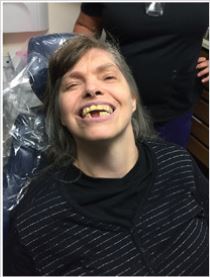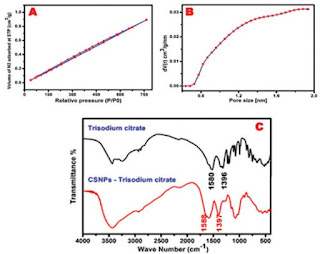Special Deeds for Special Needs: Humans First, Needs Second: OAJBS Publishers
Special Deeds for Special Needs: Humans First, Needs Second by Eric Shapira* in Open Access Journal of Biomedical Science (OAJBS)
For many
years, most practitioners considered patients with specific types of
“handicaps,” persons with “Special Needs.” Those individuals who suffered from
various types of congenital and developmental issues were lumped into this
category. Approximately 17% of children today have a developmental disability ranging
from mild disabilities such as speech and language impairments to serious
developmental disabilities, such as intellectual disabilities, cerebral palsy,
and autism. Over 6 million individuals in the United States have developmental
disabilities. 10% of the world population are disabled. This accounts for
approximately 650 million people with disabilities (https: www. cdc.gov/ncbddd/developmental
disabilities). I can remember back as a dental student my fear of working with
this genre of patient, which stemmed from my lack of knowledge about them and
their ailments, both as a dental student and as a youngster growing up in a
“sheltered “environment. We did not get much experience with disabled patients
in dental school back then, need I say more. In a state of desperation, I took
it upon myself to get permission to visit a facility outside Philadelphia,
Pennsylvania, as a dental student, where what we were told were “brain damaged,
‘retarded’, ‘malformed’, and ‘congenital ‘anomalies in persons who were living
there and so on.” No one knew what to label.
https://biomedscis.com/fulltext/special-deeds-for-special-needs-humans-first-needs-second.ID.000352.php
To Know More About Open Access Journal of Biomedical Science Please Visit: Biomedscis
Are Click on: https://Biomedscis.Com/



Comments
Post a Comment